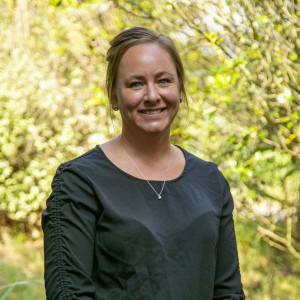Using a variety of bottles, jugs and cups, students were invited to investigate how much different containers could hold and to explore and use language such as empty, half full, nearly full, full, and capacity.
The experience began by introducing the vocabulary, and it didn’t take long before the students were confidently using the words in their play. Room 15 enjoyed the freedom to explore, fill, pour, and compare, all while deepening their understanding of this early Mathematical concept.
As part of their learning, students made predictions, tested their ideas, and compared results. Nate was fascinated by how many small cups it took to fill a much larger bottle. With great concentration and patience, he carefully filled it cup by cup and announced, “It has taken 60 small cups to fill this big bottle!”
Heidi noticed something important as she compared two different bottles. She said, “This bottle has more capacity than the smaller bottle.” Her comment showed a clear understanding that capacity is not just how tall or wide a container is, but how much it can hold. Earlier in the activity, Heidi had initially assumed the taller bottle would hold more, but after testing, she discovered that the shorter, wider one actually had the greater capacity.
While carefully trying to pour water from one bottle to another, Murphy struggled to control the flow. The bottle was heavy, and water often spilt, which left him feeling discouraged. However, as the first bottle became lighter and the second filled, he adjusted his grip and pace, eventually pouring with greater control and spilling much less. At that moment, Murphy said thoughtfully, “My bottle is almost full.” Hearing and using this specific language in context helped strengthen his understanding of volume and measurement
Finn made a more physical observation, lifting a heavy cup and exclaiming, “This is so heavy!” This opened a discussion about how water has weight and how containers can feel different depending on how much is inside. Finn and I talked about how we can feel the difference between full and empty using your senses, not just your eyes. Initially, Finn found it difficult to carry or lift the heavier bottles. Rather than give up, he asked for help and then experimented with transferring some of the water into smaller containers using problem-solving skills to make the learning of capacity rich.
Throughout this learning experience, Room 15 students were encouraged to ask questions, make predictions, and test ideas. Some wondered whether different shapes of bottles could hold the same amount, leading to lots of trial-and-error and enjoyable discoveries. They began to understand that capacity isn’t always obvious from the outside; it’s what’s inside that counts!
With a strong foundation in the language and concepts of capacity, Room 15 is now ready to extend this learning further. In the coming weeks, students will explore capacity using dry materials such as rice, sand, and beans to compare how different substances fill the same containers. They’ll also begin investigating volume more formally, including using standard and non-standard units of measurement. This will open up new opportunities for estimation, recording results, and working collaboratively to solve different measurement challenges.


Comments
No one has commented on this post yet.